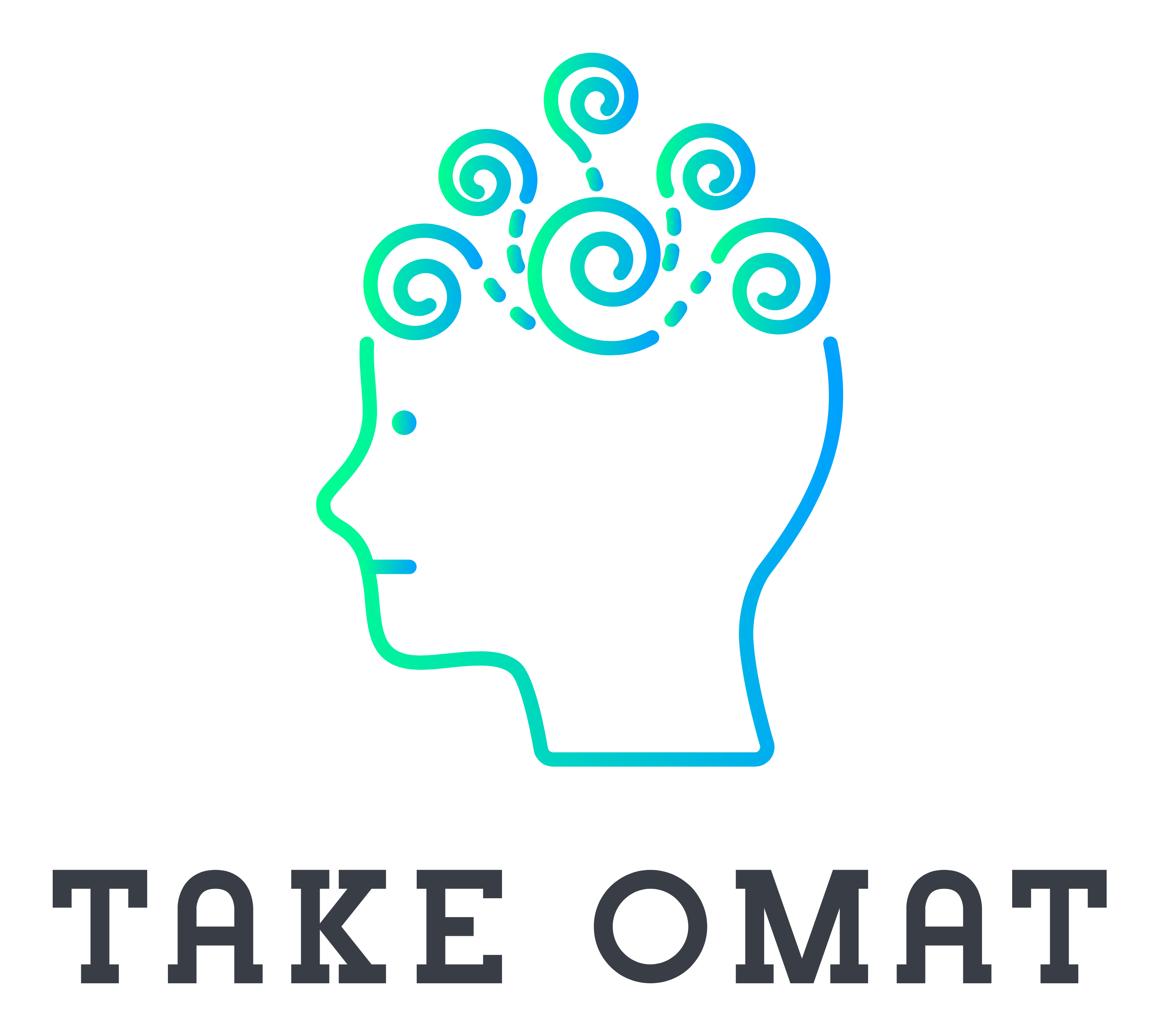SHAME – Should Have Already Mastered Everything
I’ve taken yoga classes where I felt fantastic. My flow was strong, my body moved with ease, and I left feeling like I had nailed it. But after knee surgery, everything changed.
I had to relearn how to use my leg, starting with physical therapy and slow, careful steps. When I was finally able to walk and do some exercises again, I decided to go back to yoga. But as soon as class started, I felt like a different person.
Every movement was harder than I remembered. I struggled through poses that used to feel effortless. I had to modify. I had to skip some entirely. At one point, the instructor even asked if I was okay. I wanted to quit.
But I stayed.
Not because it felt good, but because I made a deal with myself—one more minute. I told myself I could leave after another minute of trying. And then another. Every time I gave myself an out, I postponed taking it.
That’s when I realized what was really making me want to quit. It wasn’t just the physical struggle—it was the shame. I was comparing myself to my past self, to the other people in the room, to some invisible standard of where I should be.
I kept thinking: I should be stronger than this. A little thing like a knee injury shouldn’t stop me. I should already be back to where I was.
But that wasn’t reality.
SHAME—Should Have Already Mastered Everything—makes us believe that struggling means failure. That if something doesn’t come easily, we’re behind. That we should already have it figured out, already be strong enough, already know how to push through.
But staying in that class reminded me of something important: I don’t have to be the best or even great. I have to keep going.
I wasn’t failing. I was rebuilding. Every minute I stayed in class was a minute of getting stronger—not just physically, but mentally. Because the real progress wasn’t about perfect poses. It was about showing up, staying, and trying again, even when it felt uncomfortable.
And that’s what moves us forward. Not shame. Not comparison. The small, steady steps we take—even when they feel like they don’t count. Because they do.
ACTION: Think of something you’ve been avoiding because you feel like you should
already be better at it. Instead of focusing on where you think you should be, try breaking it into one small step. Give yourself permission to be a beginner, to rebuild, or to take your time. Progress isn’t about mastering everything—it’s about showing up, one minute at a time.
